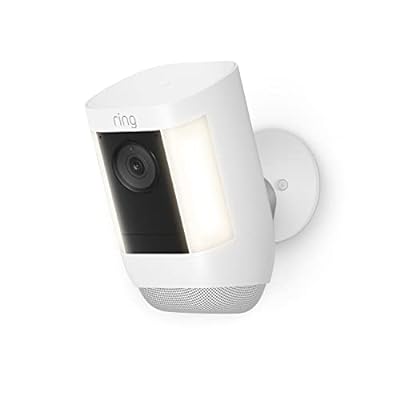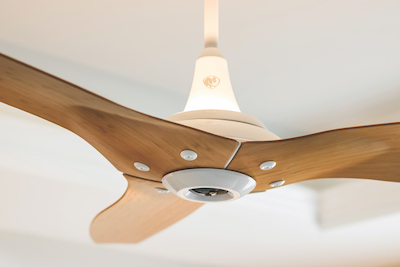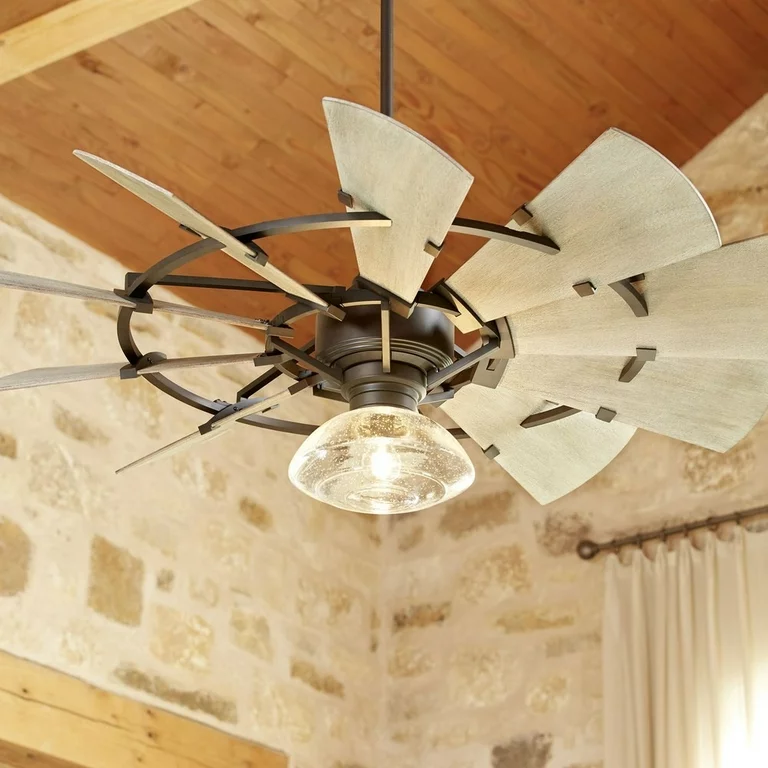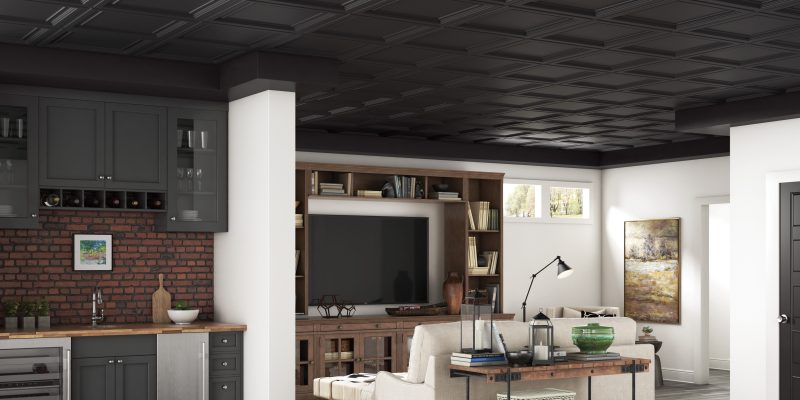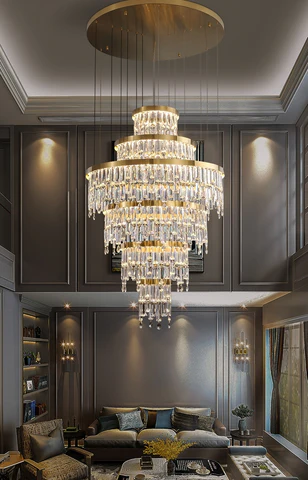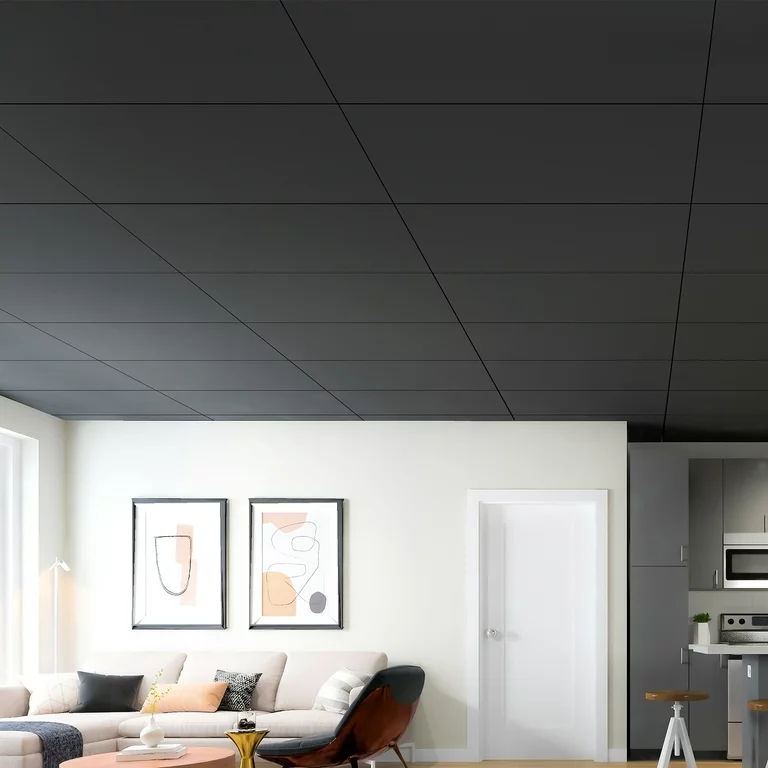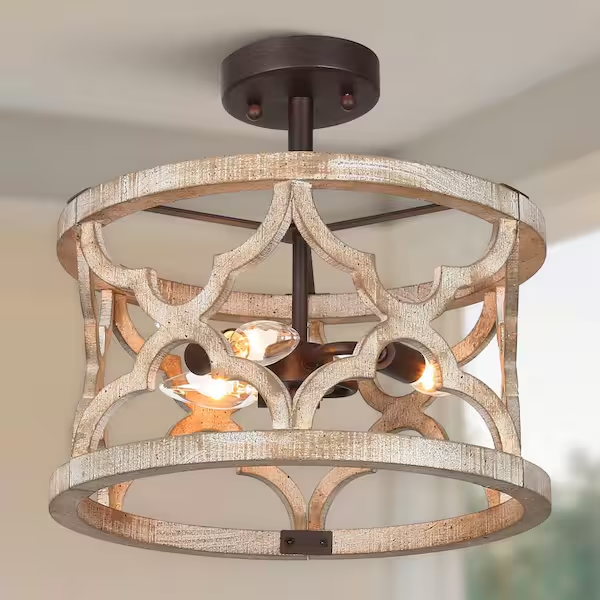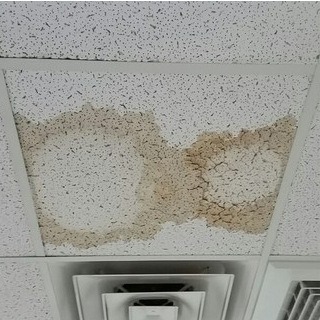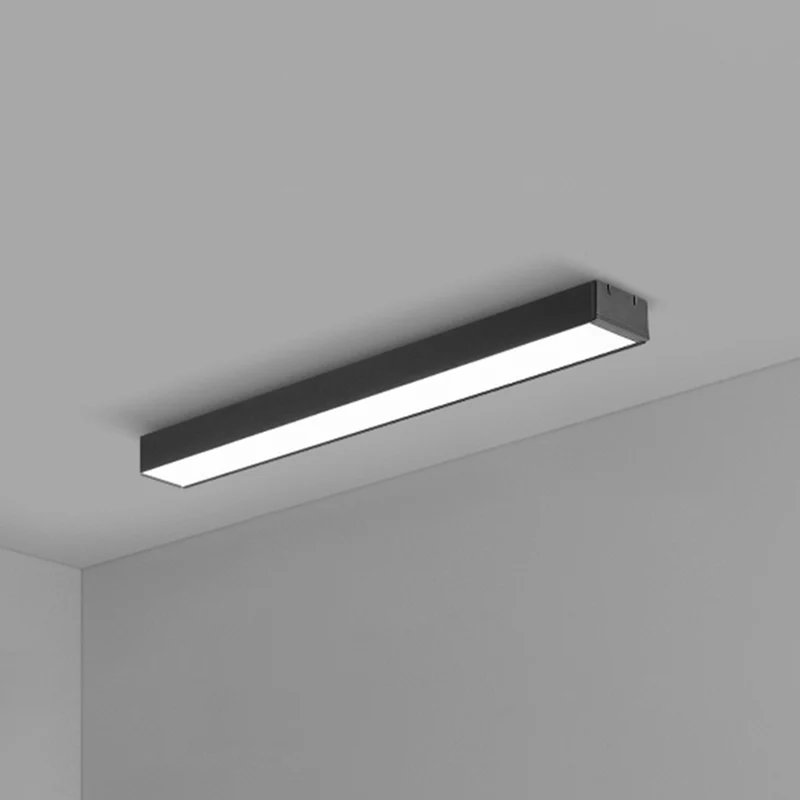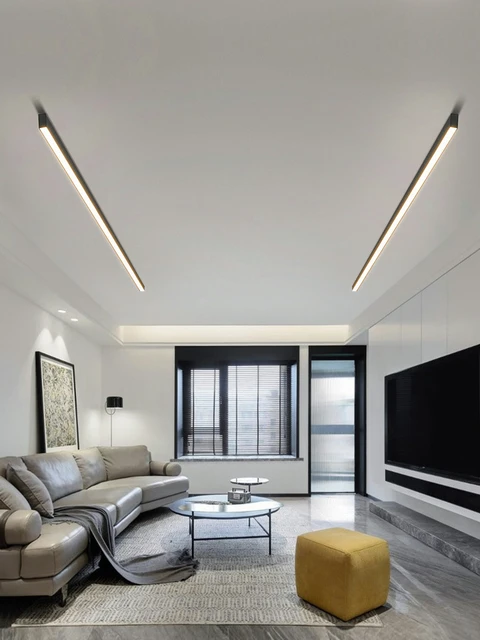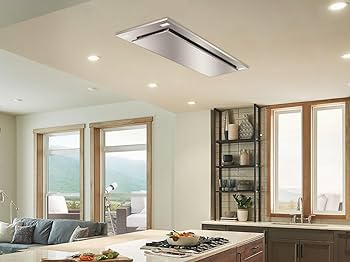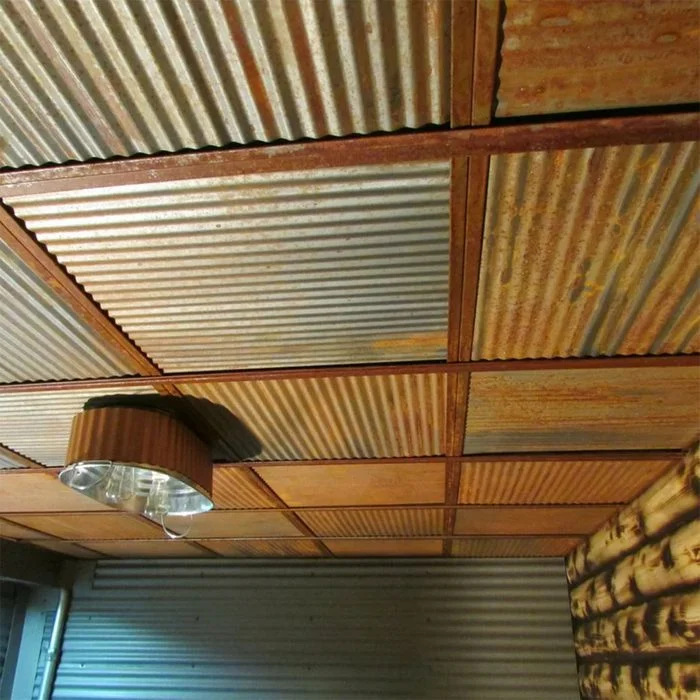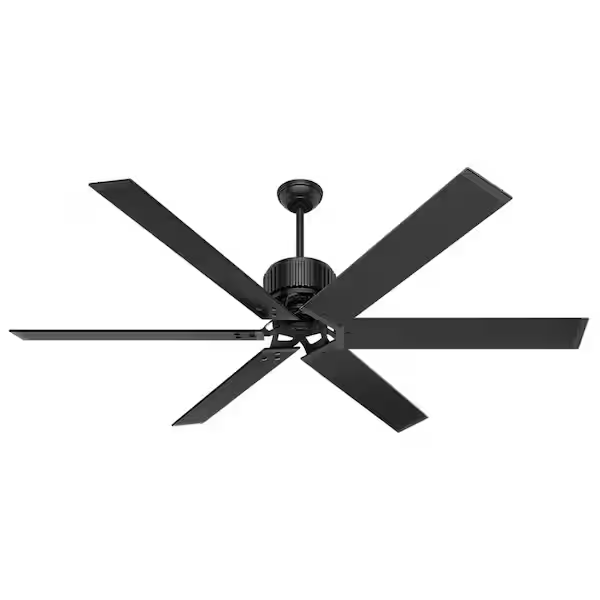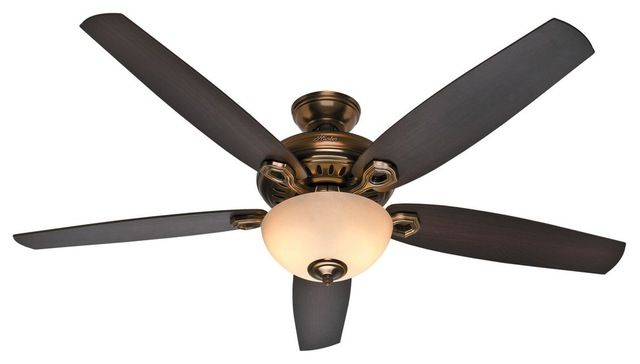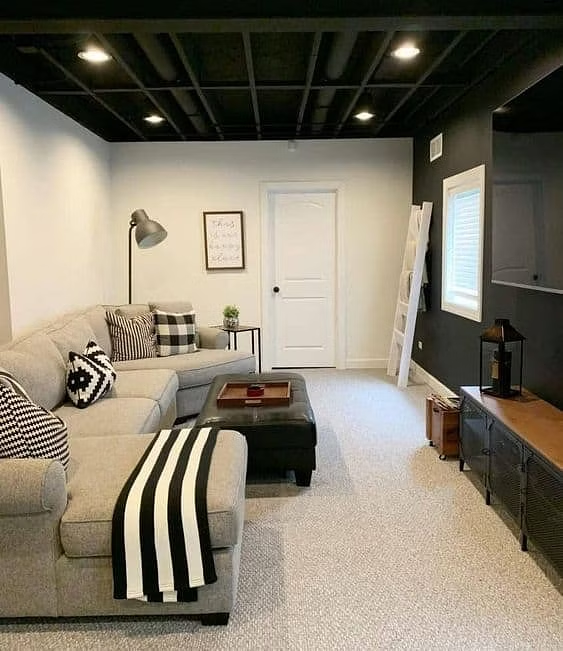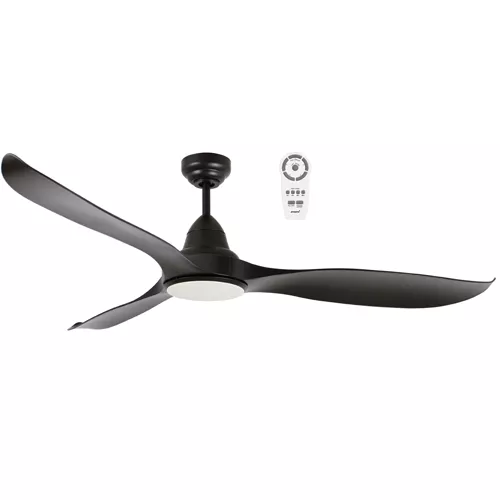Projectors have revolutionized the way we consume media, conduct presentations, and create immersive environments. One of the most advanced types of projectors is the Ceiling Mount Ultra Short Throw Projector. This article will delve into the benefits, installation process, and tips for maintaining this cutting-edge technology, ensuring you get the most out of your investment.
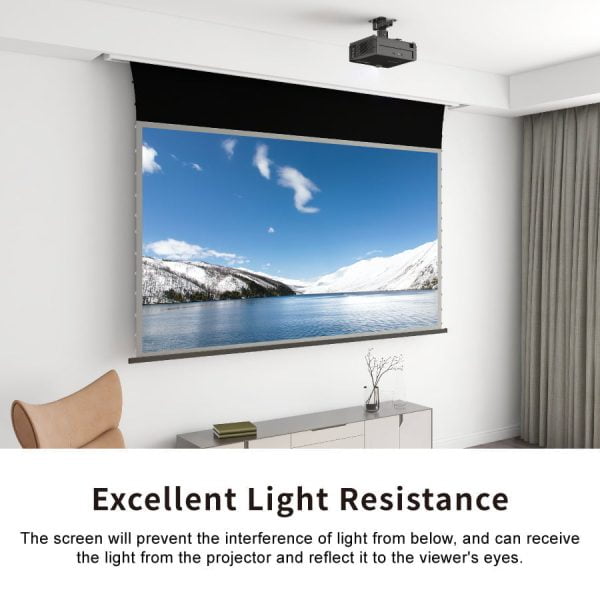
Why Choose a Ceiling Mount Ultra Short Throw Projector?
Enhanced Viewing Experience
A Ceiling Mount Ultra Short Throw Projector offers a superior viewing experience. These projectors are designed to be placed very close to the screen or wall, typically within a few inches. This proximity allows for large image projection without the shadows and glare that often plague traditional long-throw projectors.
Space Efficiency
Ultra short throw projectors are perfect for small spaces. Whether you are setting up a home theater in a cozy living room or an office presentation area, these projectors make the most of limited space. The ceiling mount ensures that the projector does not occupy valuable floor or table space, keeping the area tidy and unobstructed.
Improved Aesthetics
Mounting the projector on the ceiling keeps it out of sight, contributing to a cleaner and more professional look. This is especially important in environments where aesthetics matter, such as modern homes and sleek office settings.
Reduced Obstructions
One of the significant advantages of ultra short throw projectors is the elimination of obstructions. With the projector mounted close to the screen, there is no need to worry about people walking in front of the beam, which can disrupt the viewing experience.
Installation Process for Ceiling Mount Ultra Short Throw Projector
Installing a Ceiling Mount Ultra Short Throw Projector requires careful planning and execution. Here’s a step-by-step guide to help you with the installation:
Step 1: Gather Necessary Tools and Materials
Before starting the installation, make sure you have all the required tools and materials. These typically include:
- Ultra Short Throw Projector
- Ceiling Mount Kit
- Drill and Drill Bits
- Screws and Anchors
- Screwdriver
- Measuring Tape
- Pencil
- Ladder
Step 2: Choose the Optimal Location
Selecting the right location for your projector is crucial. Consider the following factors:
- Projection Distance: Ultra short throw projectors are designed to be placed close to the screen. Ensure you have the correct distance based on the projector’s specifications.
- Power Source: Ensure that the chosen location has access to a power outlet or can accommodate discreet cabling.
- Alignment: Make sure the projector is aligned properly with the screen to avoid distortion.
Step 3: Mark the Mounting Points
Using a measuring tape and pencil, mark the points where you will drill holes for the mounting bracket. Ensure that these marks are level and accurately placed to maintain proper alignment.
Step 4: Drill Holes and Install Anchors
Drill holes at the marked points and insert anchors to provide a secure base for the screws. This step is crucial to ensure that the mount can support the weight of the projector.
Step 5: Attach the Mounting Bracket
Secure the mounting bracket to the ceiling using screws. Double-check that the bracket is level and firmly attached to avoid any tilting or instability.
Step 6: Mount the Projector
Attach the projector to the mounting bracket following the manufacturer’s instructions. Ensure that all connections are secure and the projector is properly aligned with the screen.
Step 7: Connect and Configure
Once the projector is mounted, connect it to the power source and any other necessary devices, such as a media player or computer. Follow the manufacturer’s instructions to configure the settings and calibrate the projector for optimal performance.
Benefits of Using a Ceiling Mount Ultra Short Throw Projector
Versatile Applications
The Ceiling Mount Ultra Short Throw Projector is versatile and can be used in various settings, including home theaters, classrooms, conference rooms, and retail spaces. Its ability to project large images from a short distance makes it suitable for a wide range of applications.
Enhanced Image Quality
These projectors typically offer high-resolution output, including 4K options, providing crisp and clear images. The short throw distance also reduces the risk of image degradation, ensuring a high-quality viewing experience.
Cost-Effective Solution
While ultra short throw projectors can be an investment, they often eliminate the need for multiple devices and complex setups. Their ease of installation and minimal maintenance requirements make them a cost-effective solution in the long run.
User-Friendly Operation
Modern ultra short throw projectors come with user-friendly interfaces and smart features, such as wireless connectivity and integrated apps. This ease of use makes them accessible to users of all skill levels, from tech enthusiasts to casual users.
Tips for Maintaining Your Ceiling Mount Ultra Short Throw Projector
To ensure the longevity and optimal performance of your Ceiling Mount Ultra Short Throw Projector, regular maintenance is essential. Here are some tips:
Regular Cleaning
Dust and debris can accumulate on the projector lens and vents, affecting performance. Clean the lens regularly with a soft cloth and use compressed air to clear the vents.
Check for Firmware Updates
Manufacturers often release firmware updates to enhance functionality and fix bugs. Regularly check for updates and install them to keep your projector running smoothly.
Monitor Lamp Life
If your projector uses a traditional lamp, keep track of its usage hours and replace it when necessary. Modern projectors often have an indicator to alert you when the lamp needs replacement.
Ensure Proper Ventilation
Overheating can damage your projector. Make sure the projector is in a well-ventilated area and that the vents are not blocked.
Periodic Alignment Checks
Regularly check the alignment of your projector to ensure it is correctly positioned. Over time, vibrations and minor movements can cause the projector to shift.
Conclusion
Investing in a Ceiling Mount Ultra Short Throw Projector can transform your viewing experience, whether for home entertainment, professional presentations, or educational purposes. The benefits of enhanced image quality, space efficiency, and versatile applications make it a valuable addition to any setting. By following the installation and maintenance tips provided in this guide, you can ensure that your projector performs at its best, providing you with clear, immersive visuals for years to come.
